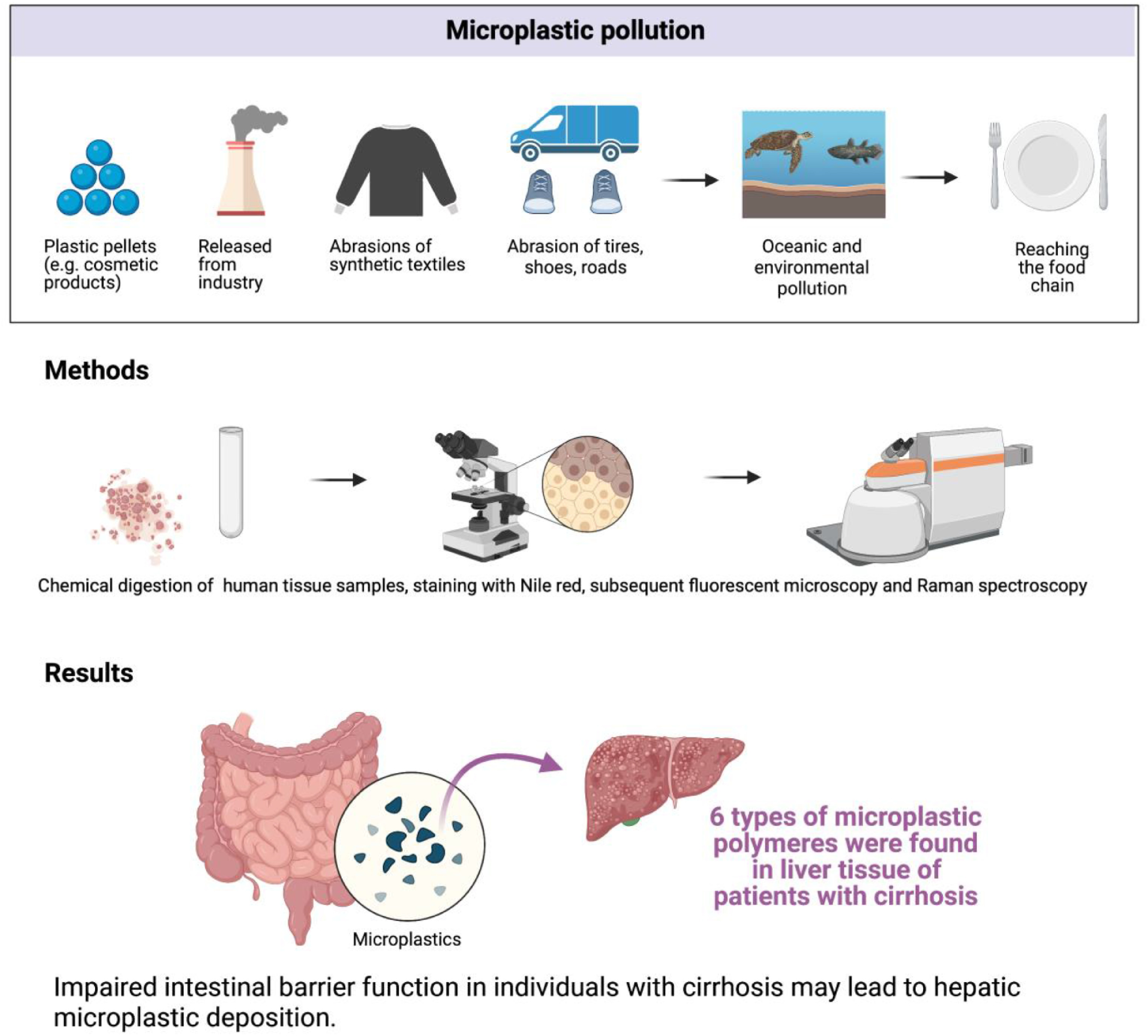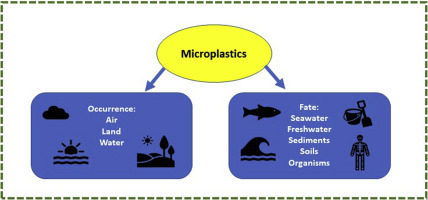Microplastics, tiny fragments of plastic measuring less than 5mm in length, have become an alarming concern in the modern world, posing a considerable threat to our environment and its ecosystems. Originally emerging as a byproduct of our massive consumption of plastic goods and our inefficient disposal systems, microplastics are now omnipresent, littering our oceans, soils, and even the air we breathe. Their diminutive size makes them particularly menacing because they can be ingested by a wide range of organisms, from microscopic zooplankton to larger marine animals like fish, seabirds, and whales. Once ingested, not only can these plastics cause physical harm to these organisms, but they also act as carriers for harmful pollutants, introducing these toxins into the food chain and, ultimately, onto our plates.
Understanding the pernicious impact of microplastics brings into focus the relationship with the United Nations' Sustainable Development Goals (SDGs). The SDGs, adopted in 2015, are a set of 17 global goals that serve as a blueprint for achieving a more sustainable future for all. Several of these goals are directly or indirectly impacted by the issue of microplastics. Goal 14, "Life Below Water," emphasizes the need to "conserve and sustainably use the oceans, seas, and marine resources for sustainable development." Microplastics pose a direct threat to this objective, affecting marine biodiversity, compromising the health of marine ecosystems, and, in turn, threatening the livelihoods of millions who depend on marine resources.
Furthermore, Goal 3, "Good Health and Well-being," underscores the importance of ensuring healthy lives and promoting well-being at all ages. With microplastics infiltrating the food chain and being found in sources of drinking water, their potential health implications for humans, though not yet fully understood, could be profound. Research is ongoing to decipher the depth and breadth of microplastics' health consequences on humans, ranging from potential hormonal disruptions to other physiological impacts.
Additionally, the presence of microplastics is also tied to Goal 12, "Responsible Consumption and Production." The proliferation of these minute pollutants is a direct reflection of our collective failure to consume responsibly and sustainably. By curtailing plastic waste at the source, encouraging recycling, and promoting eco-friendly alternatives, we can not only mitigate the microplastic menace but also move closer to achieving this particular SDG.
Moreover, microplastics serve as a reminder of the interconnectedness of the SDGs. Their presence in our environment and their potential implications for both ecological and human health highlight how intertwined the various goals are. For instance, combatting microplastics supports Goal 6, "Clean Water and Sanitation," by preventing the contamination of freshwater sources. In parallel, it bolsters Goal 15, "Life on Land," by reducing soil pollution from microplastics which can harm terrestrial organisms and disrupt food production.
Microplastics (MPs) are found in all conceivable media from air, sediments, soils, freshwater, seawater, and organisms, including humans. This paper emphasizes current advances in the study of MPs and presents a review of recent two years of literature on the occurrence and fate of these particles in the environment. The occurrence and fate of MPs are affected by their characteristics and interaction with the media in the environment, including particle mobility and transport processes.
Since the launch of the United Nations (UN) Sustainable Development Goals (SDGs) in 2015, the SDGs have been widely adopted by governments and corporations in an effort to improve their sustainability. There are 17 SDGs, comprising 169 targets, which are measurable against 247 unique indicators. Despite pervasive global pollution from (micro)plastics, there is only one indicator (14.1.1b) under Goal 14, specifically related to reducing impacts from (micro)plastics.
Microplastic pollution has sparked interest from researchers, public, industries, and regulators owing to reports of extensive presence of microplastics in the environment, household dust, drinking water, and food, which indicates chronic exposure to organisms within ecosystems and in human living spaces. Although exposure to microplastics is evident, negative effects from microplastics appear to be minimal in most studies on biota, and no risk assessments have been completed for microplastics on human health.
Plastics are a frequently observed component of marine debris and there is growing concern about microplastic (MP) ecotoxicity, and the impacts of additives, sorbed hazardous organic contaminants, heavy metals, and biofilm on MP surfaces. The relative importance of MP from different terrestrial and freshwater sources is poorly understood and limits our ability to develop best management practices.



